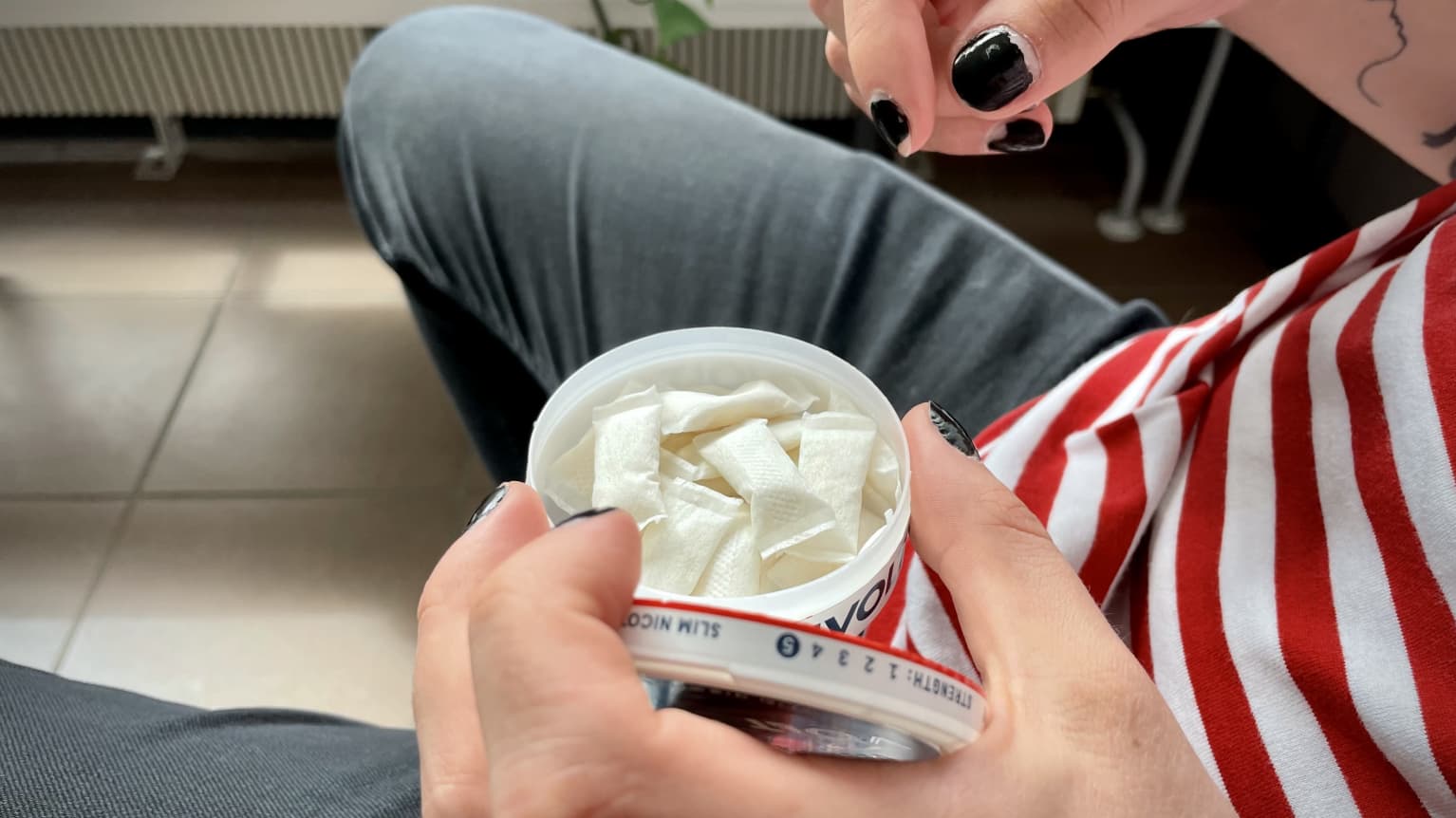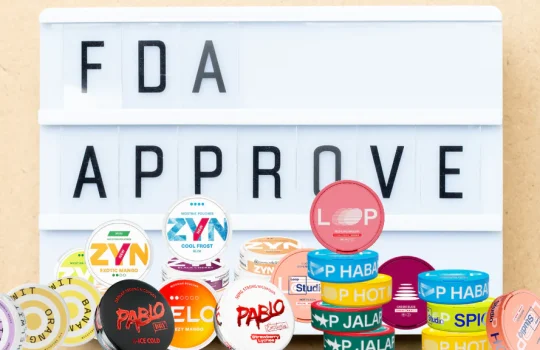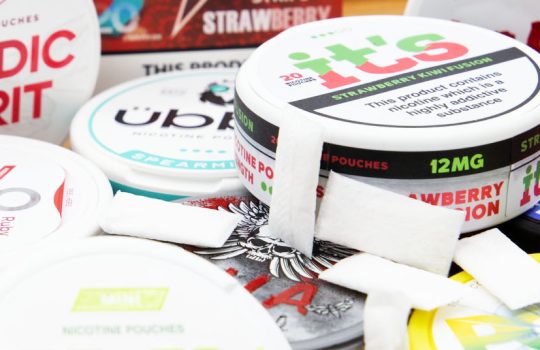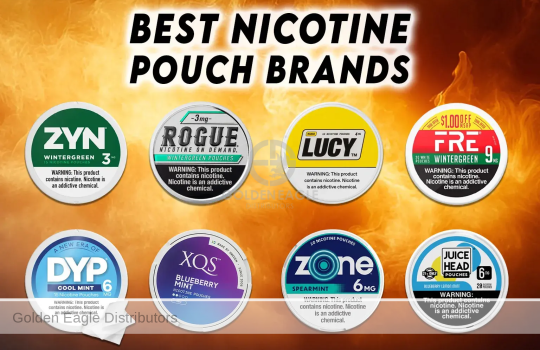A Look at the Regulations Surrounding Nicotine Pouches: How Laws are Evolving
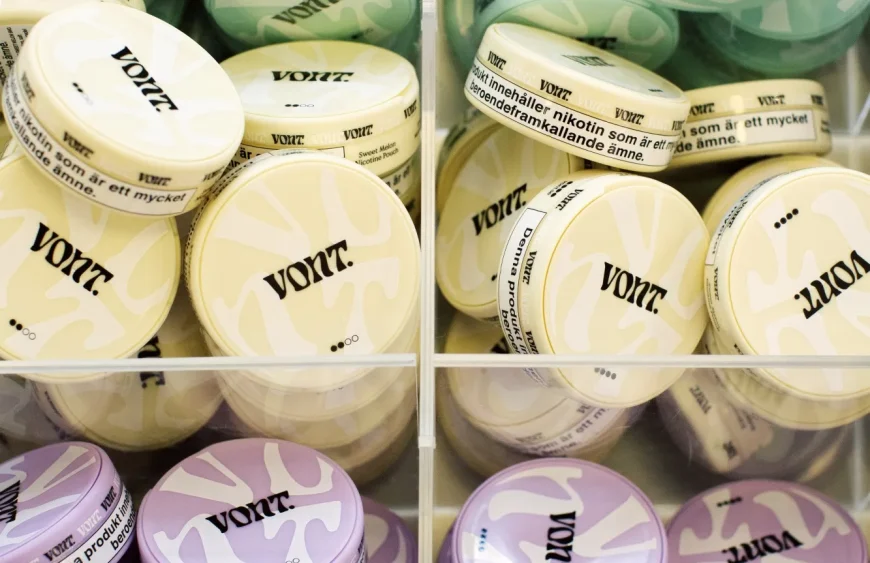
A Look at the Regulations Surrounding Nicotine Pouches: How Laws are Evolving
Introduction
Hey there, nicotine enthusiasts and curious minds! Have you ever found yourself navigating the fascinating world of nicotine alternatives? Well, buckle up because today we’re diving into the ins and outs of nicotine pouches. These small but mighty products are gaining popularity, offering a smoke-free way to enjoy nicotine. But how about the rules surrounding them? Laws are changing, and it’s important to keep up. Let’s explore how regulations are evolving for these intriguing little pouches and what it means for users and producers alike. Curious? Let’s get started!
Understanding Nicotine Pouches

What Are Nicotine Pouches?
Alright, folks, before we dive into the nitty-gritty of regulations, let’s start with the basics. Nicotine pouches are one of the latest entrants in the realm of nicotine alternatives. These little wonders are smokeless, spitless, and often tobacco-free, which makes them a convenient option for people seeking an alternative to traditional smoking products.
Nicotine pouches are small, teabag-like sachets that contain nicotine, along with flavorings and other non-tobacco-based ingredients. You simply pop one into your mouth, place it between your gum and cheek, and let it do its magic. They come in various strengths and flavors, making them a popular choice for those looking to customize their nicotine intake without lighting up a cigarette.
Generally, nicotine pouches are marketed as a cleaner, less harmful alternative to smoking or vaping, as they do not produce smoke or vapor, nor do they contain the same harmful combustion byproducts as cigarettes. But, as with any product containing nicotine, they are by no means risk-free.
How Do Nicotine Pouches Work?
Now, you might be wondering how something so small can pack such a punch. Well, the mechanics are pretty straightforward. When you place a nicotine pouch in your mouth, the nicotine is absorbed through the mucous membranes in your gums. This process is known as buccal absorption, and it’s quite efficient at delivering nicotine into your bloodstream.
The flavors used in pouches can range from minty freshness to fruity explosions, and even dessert-inspired treats. This wide variety helps in providing an appealing sensory experience while also helping mask the distinct taste of nicotine, which isn’t always pleasant on its own.
One of the driving factors behind their popularity is discretion. Since they produce no smoke or vapor, you can use them almost anywhere without drawing attention—a feature particularly appealing to those who have restrictions on smoking or vaping in their environment. Plus, they don’t carry the same lingering smell associated with cigarettes.
Current Regulations on Nicotine Pouches
Overview of Existing Laws
Alright, let’s get to the meat and potatoes: the rules and regs. The regulatory landscape for nicotine pouches is still developing, and it’s a bit of a mixed bag. In many places, these pouches are grouped under the broader category of nicotine delivery products, which includes traditional cigarettes, electronic cigarettes, and other smokeless tobacco products.
In the United States, for instance, the FDA has authority over nicotine products, but the level of scrutiny applied to nicotine pouches varies by the nicotine content and composition. Nicotine pouches often avoid some strict regulations applied to tobacco products because they do not strictly contain tobacco, making them more accessible to consumers.
Across the pond, the European Union classifies nicotine pouches under the Tobacco Products Directive, which means they must meet specific packaging and advertising guidelines. However, because of their unique non-tobacco nature, some of these rules don’t apply, showcasing regional differences even within closely linked regulatory environments.
Differences in Regulations Across Regions
The world is a big place, and different corners have different takes on how to oversee nicotine pouches. Regulatory approaches can vary significantly depending on where you are. In some countries, nicotine pouches are deemed as consumer products and aren’t subject to heavy-handed tobacco regulations, which can pave the way for rapid market entry and increased competition.
Let’s take a closer look:
– United States: As mentioned, the FDA regulates nicotine products, and while nicotine pouches fall under this umbrella, they are often seen as a separate category. While there are marketing and sale restrictions, such as age limits (usually 21 and over), they are typically less stringent compared to cigarettes.
– European Union: The EU has its own regulatory framework, which includes labeling and health warning requirements. However, the exact details of what’s required can vary by member state, leading to subtle differences across borders while maintaining a common overall policy.
– Asia and the Middle East: Some countries have embraced nicotine pouches as an alternative to smoking due to public health policies aimed at reducing smoking rates. Others impose stricter controls, or even bans, due to concerns about nicotine addiction and youth exposure.
So, while there’s no one-size-fits-all approach, the overarching theme is that regions are taking a thoughtful stance on balancing availability with responsible consumption.
Impact of Regulations on Manufacturers and Consumers
Regulations might feel like a tangle of red tape, but they play a crucial role in shaping the nicotine pouch landscape for both manufacturers and consumers.
– Manufacturers: For companies, regulations dictate everything from product design to marketing tactics. Understandably, manufacturers prefer a certain level of predictability, and in regions where regulations are solidified, they can efficiently plan and innovate. On the flip side, regions with unclear or rapidly evolving guidelines can pose challenges, potentially increasing costs related to compliance or distribution.
– Consumers: On the buyer’s end, regulations can determine ease of access and even the information you get about these products. For example, age restrictions ensure that they’re kept out of the hands of young people, while labeling rules inform consumers about what they’re putting into their bodies. In regions with more freedom around nicotine pouch sales, consumers might enjoy a wider selection of products and a competitive market that could drive down prices.
Ultimately, regulations are evolving with the intention of safeguarding public health while permitting adult consumers to make informed choices about their nicotine use. The ongoing conversation around these products is a testament to how rapidly public and regulatory perceptions of nicotine use are changing, aiming always for the right balance between innovation and safety.
There you have it—a snapshot of the intriguing world of nicotine pouch regulations. With constantly evolving laws and regional differences, it’s certainly an exciting time for anyone interested in nicotine alternatives. Whether you’re a consumer seeking new options or just fascinated by the complex world of regulatory policies, it’s clear that nicotine pouches aren’t just a fad—they’re here to stay!
Evolving Legal Landscape
The world of nicotine pouches is buzzing with change as legislation tries to keep pace with these trendy alternatives to traditional tobacco products. With more and more people turning to nicotine pouches to curb their cigarette habits, lawmakers are constantly on their toes. Let’s dive into some recent changes and speculate about where things might be headed in the future.
Recent Changes in Legislation
Legislators have been busy bees in recent years, making all sorts of tweaks and turns to how nicotine pouches are regulated. In the United States, for instance, the surge in popularity of nicotine pouches has prompted the Food and Drug Administration (FDA) to take a closer look. They’ve been trying to strike a balance between availability for adult consumers and preventing access by minors. This has resulted in tighter age restrictions and clearer labeling requirements to ensure that consumers are fully informed about what they’re using.
Over in the European Union, member countries are also grappling with how to regulate nicotine pouches. Some countries, like Sweden, have embraced these products more freely, while others maintain stricter controls similar to those they impose on traditional tobacco. It’s a bit of a mixed bag, with some nations opting for outright bans on certain products, and others allowing sales under strict regulations.
In places like New Zealand, exciting legislative moves include considering nicotine pouches as part of their Smokefree Aotearoa 2025 Action Plan. This initiative is pushing for strong regulations but with an eye on harm reduction—a testament to the evolving stance where nicotine pouches have the potential to play a significant role in public health strategies.
Potential Future Amendments
The path ahead for nicotine pouch regulations is far from set in stone. With technology and consumer preferences evolving rapidly, lawmakers are likely to keep tinkering with the rulebook. You can expect future amendments to possibly focus more on flavor restrictions, given the ongoing debate about whether fruity and sweet flavors entice younger users.
Taxation is another area ripe for reform. As governments strive to curb consumption and provide revenue, taxes on nicotine pouches might begin to mirror those levied on cigarettes and e-cigarettes. Also, as health data on nicotine pouch usage becomes more comprehensive, we might see science-driven regulatory amendments to ensure consumer safety.
Influence of Public Health Advocacy
Public health advocates play a significant role in shaping the regulatory landscape of nicotine pouches. They’re the voices in the room emphasizing the need for strategies that prioritize harm reduction while protecting public well-being. These advocacy groups often lobby for stricter regulations around advertising, particularly targeted marketing campaigns that may appeal to younger audiences.
Furthermore, public health initiatives continually call for transparency in packaging and marketing to allow consumers to make informed decisions. With organizations pushing for policies that align with comprehensive smoking cessation programs, their influence ensures that any knee-jerk reactions are balanced with evidence-based strategies.
Global Perspective on Nicotine Pouch Regulations

While the legal journey of nicotine pouches in any single country is fascinating, there’s a whole world of regulation to explore. Let’s look at how other countries are managing their legal relationship with these products and the international efforts toward harmonization.
Comparison with Regulations in Other Countries
When we peek beyond the borders of the US and EU, it’s clear that regulations vary dramatically. For instance, in Norway, nicotine pouches have been treated with a level of openness, even as the country implements stringent controls on tobacco smoking. This approach recognizes nicotine pouches as part of harm reduction strategies and supports alternatives for smokers seeking nicotine without the tar and toxins of cigarettes.
On the flip side, countries like Australia take an ultra-cautious stance. There, nicotine pouches are considered tobacco products, meaning they come under some hefty restrictions. Consumers face challenges accessing them without a doctor’s prescription, reflecting the strict enforcement.
Then we have countries like Japan and South Korea, where regulations are still finding their feet in response to a growing market and changing adult usage patterns. The differing approaches highlight the challenges and lack of consensus globally on how to handle these emerging products.
Challenges in Harmonizing International Laws
Creating a unified global regulatory framework for nicotine pouches is no small task. Each country has its own history with tobacco control, varying levels of public health infrastructure, and cultural considerations that impact lawmaking. This diversity leads to vastly different regulatory landscapes, making harmonization tricky.
One significant challenge in achieving global legal harmony is the discrepancy in consumption patterns. What works for the Scandinavian market, for instance, might not be a fit for African or Asian countries. Cultural acceptance, local health data, and governmental priorities all affect how nicotine pouches are treated legally.
Additionally, the speed at which these products innovate and change presents challenges for international regulatory bodies to keep pace. Without consistent data and definitions, harmonizing laws on criteria such as product safety standards and allowable nicotine levels becomes a jigsaw puzzle of regulation.
Role of International Organizations
While individual countries grapple with their regulations, international organizations are stepping in to provide guidance and support. Organizations like the World Health Organization (WHO) offer frameworks and recommendations but stop short of enforcing policies. They help bridge the gaps between varying legislations by promoting research, setting safety standards, and offering policy guidance.
The WHO Framework Convention on Tobacco Control (FCTC), for example, guides countries to consider harm reduction strategies as part of their tobacco control efforts. Although not all countries adopt the recommendations universally, these guidelines help foster global dialogue and encourage best practices.
Efforts by organizations such as the Framework Convention Alliance (FCA) focus on advocating for frameworks that allow governments to regulate novel nicotine products in a way that promotes public health. These international coalitions provide platforms for sharing knowledge and experiences, ultimately working toward a more cohesive approach globally.
In conclusion, navigating the regulations surrounding nicotine pouches is akin to trying to hit a moving target. As laws continue to evolve, driven by shifting societal norms and health imperatives, staying informed is key. Whether we’re looking at national legislation or taking a global perspective, it’s clear that nicotine pouches are more than just a trend—they’re at the forefront of an evolving regulatory landscape that’s reshaping how we approach nicotine alternatives worldwide.
Conclusion
In summary, nicotine pouches are shaking things up in the world of nicotine products and regulations are trying to keep pace. As more people consider these alternatives, lawmakers are refining policies to ensure user safety while considering public health. It’s a bit of a balancing act—finding that middle ground between individual choice and community well-being. So, whether you’re curious about the budding legal landscape or already using nicotine pouches, it’s important to stay informed about the evolving laws around these products.
